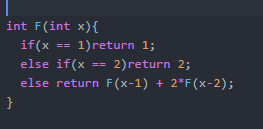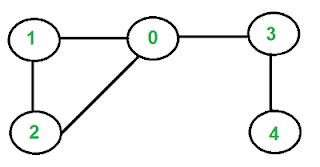An Introduction to MongoDB
What is MongoDb? MongoDb is a opensource database, that stores data in a document-oriented data model. It is what an example of what is commonly known as a NoSQL database. But let's get a bit thorough on this. Normally, we are usually introduced to Relational Databases, like MS Access. Those are primarily SQL based languages. They have tables in which data is stored. Each table has multiple rows, and each row has multiple columns or fields. The data stored follows a well defined schema. Moreover, relations can be set-up between various tables, so that redundant data is not stored. One of the main advantages is that we can thus change the data in only one location and the effects are observed everywhere. Also, due to the presence of a schema, we know beforehand what all fields exist in the tables. But enough about Relational/SQL databases. MongoDB, however is very different from the setup. Instead of tables, it has what are called as "Collections", though o...




